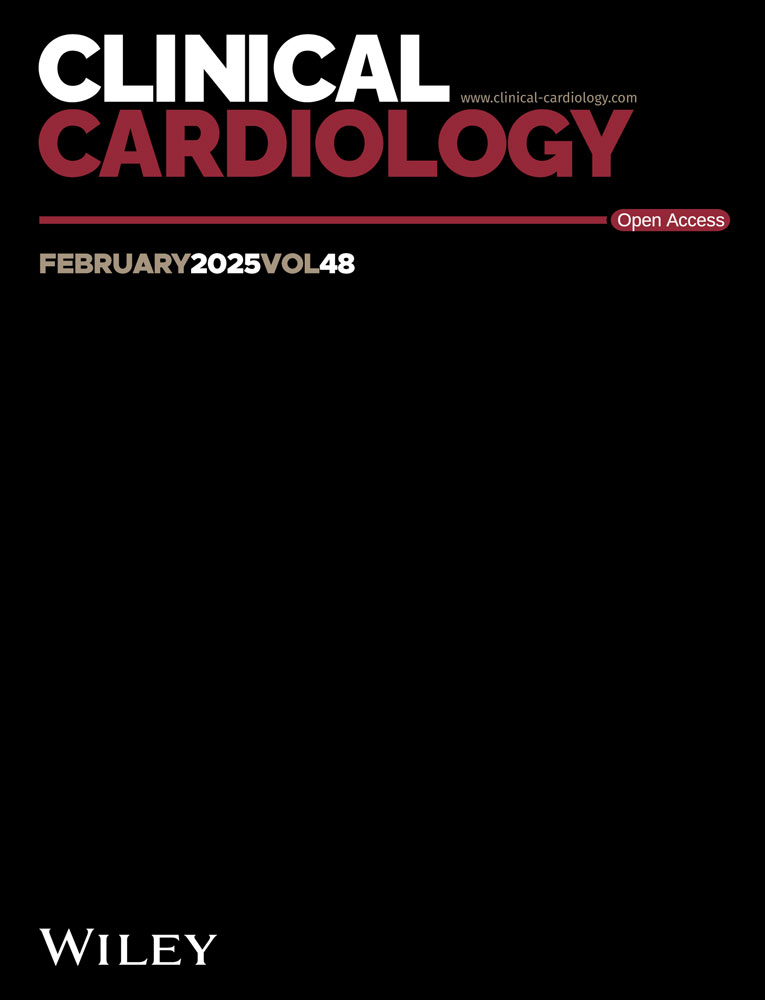Author's Reply to “Digital Devices for Arrhythmia Detection: What Is Still Missing?”
We thank Kataoka and Imamura for their interest in our recently published survey on physician's preferences in the use of novel digital devices in the management of patients with atrial fibrillation (AF) [1, 2].
Our survey shows, that digital devices are beginning to be implemented in clinical practice. We respectfully disagree with Kataoka and Imamura that the debate on the type of monitoring technology is not critical at the moment. Our international group of authors strongly believe that the switch to increased patient involvement, to patient-initiated rhythm monitoring and to telemedical care require physician (and not industry) driven education on the technologies used, recommendations for specific diagnostic pathways, cost-effectiveness analyses and outcome-centered research [3-8].
The clinical scenarios presented in this survey do not aim to give specific recommendations on diagnostic pathways but aim to reflect common clinical scenarios we experience as physicians in daily clinical practice. Diagnostic pathways for these scenarios are reflected in current clinical practice guidelines: There is a clear recommendation to confirm AF in symptomatic patients and to screen for AF in patients at risk [5, 6]. We agree with the Kataoka and Imamura that the duration of monitoring is crucial and still one of the unanswered questions, but first, there is evolving data in this field and second, screening duration using novel digital devices is often self-determined by patients [9, 10].
We agree with Kataoka and Imamura's opinion that AF screening in the general population shows questionable benefit. As the Apple Heart Study showed, even the number needed to screen to diagnose AF is exceptionally high [11]. Consequently, the number needed to screen to show clinical benefit in this population are expected to be even higher. However, the presented patient scenarios reflect opportunistic testing for AF in patients with risk factors for adverse outcomes as a result of under-detected AF, which represents a clinical challenge in several outpatient clinics [6].
We believe that novel digital devices for rhythm monitoring provide important diagnostic tools for screening, diagnosis and management of AF when used in the right populations at risk/patients. These devices may increase patient's adherence to treatment and even decrease anxiety related to known recurrences of benign arrhythmias. Referring to the author's question: “Digital Devices for Arrhythmia Detection: What is Still Missing?”: More physician and patient education on the potential of novel digital devices is required to achieve diagnostic pathways as suggested by the EHRA practical guide [5].




